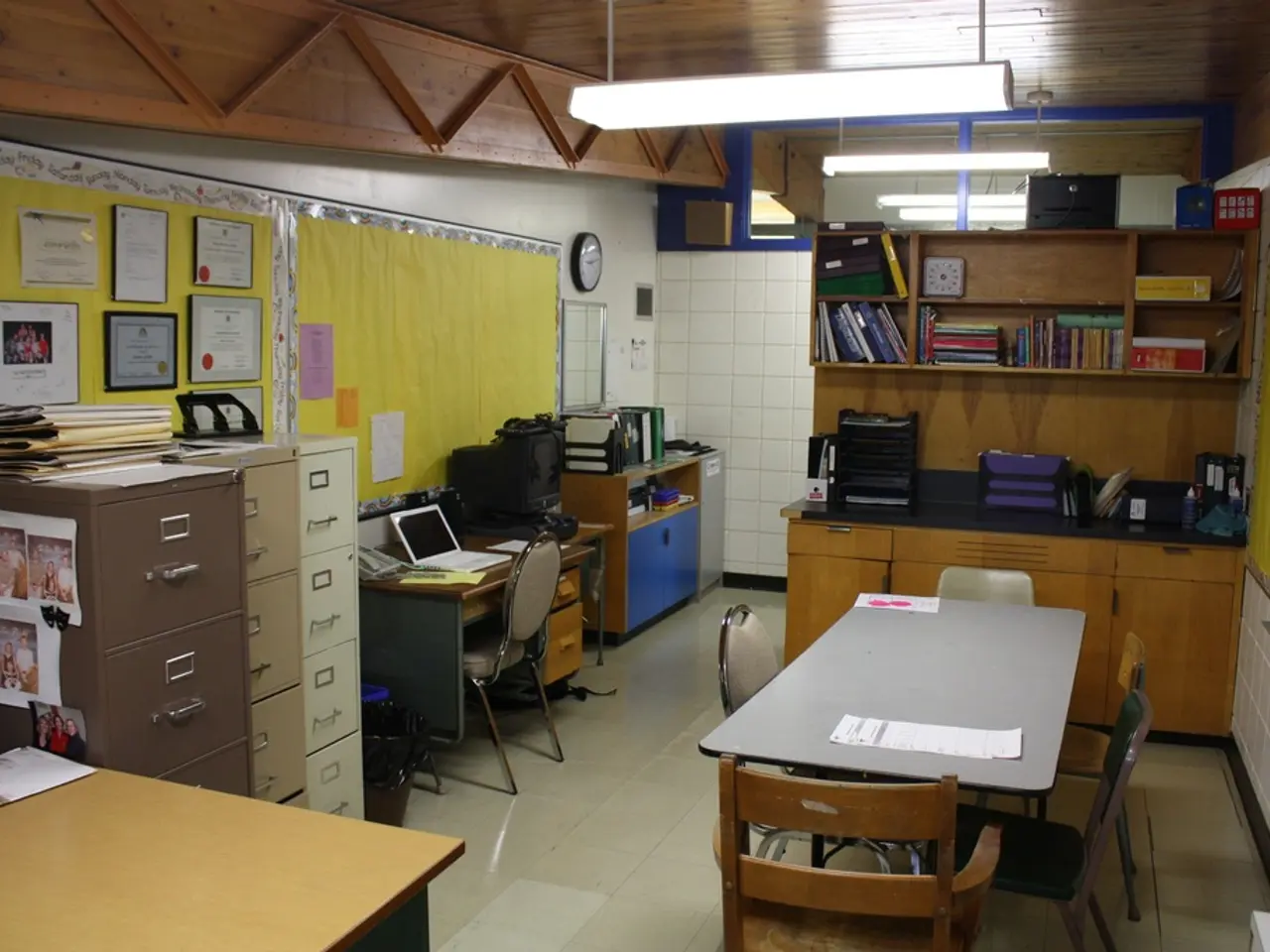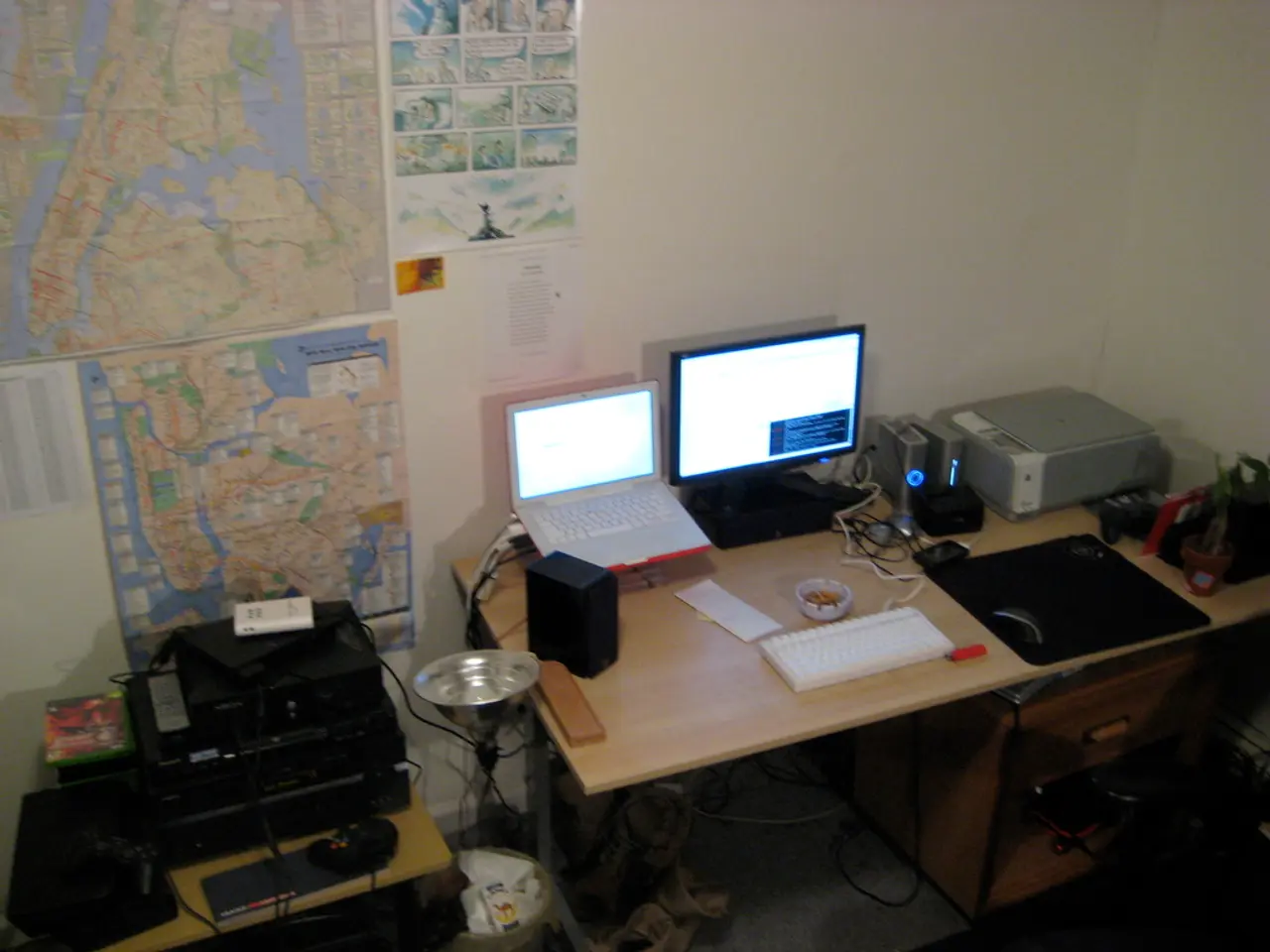High-Grade PCB Libraries: Their Significance Explained
Natasha Baker, the CEO and founder of SnapEDA, recently shared her expertise on the intricacies of PCB library management in various forums. In this article, we delve into her insights on the importance of standards, factors affecting manufacturability, and common errors to avoid.
The Importance of Standards in PCB Libraries
Baker emphasized the significance of adhering to industry standards when building PCB libraries. One such standard is the IPC-7351B, a popular standardization body for PCB footprints, with an updated version soon to be released. Staying abreast of these standards is crucial as they provide recommendations on copper lands, default orientations of footprints, and other crucial aspects that ensure proper manufacturing and CAD tool functionality.
Factors Affecting Manufacturability
Baker highlighted pin mapping issues as a common mistake, particularly on high-pin count parts like FPGAs. Misinterpreting a component's bottom view as its top view can result in the component being "mirrored," leading to potential manufacturing issues. Another common error is placing silkscreen over copper pads, which can lead to bad solder joints.
Common Errors to Avoid
Other common errors engineers make include pad dimension errors, silkscreen overlapping exposed copper, and wrong outline dimensions or misinterpretations of the component dimensions. To avoid these pitfalls, Baker advocates for centralizing and standardizing component data, leveraging automated tools, and collaborating directly with component manufacturers to obtain verified data.
Strategies for Building and Maintaining High-Quality PCB Libraries
Baker also discussed strategies for building and maintaining high-quality PCB libraries. These include continuously auditing and updating libraries to reflect the latest datasheets and footprint specs, as well as reducing the risk of design errors caused by faulty components.
SnapEDA, the platform Baker founded, provides tools to help engineers design faster and be more efficient. These include supporting a wide array of design formats, automatically building parts using computer vision and optical character recognition, and requesting footprints & symbols of specific components instantly.
Streamlining the Design Process
In addition to its library offerings, SnapEDA offers tools such as InstaBuild, a computer-vision symbol builder, and InstaPart, a 24-hour request service for PCB libraries. The platform also offers Turnkey PRO tools, allowing engineers to quote and order circuit boards online in just a few minutes.
In a world where design teams are getting smaller, the need for ready-to-use libraries has surged. SnapEDA, with its vast library of free PCB footprints, schematic symbols, and 3D models, is filling this gap, enabling engineers to focus on design and innovation.
[1] For more detailed discussions by Natasha Baker on the challenges and strategies for building and maintaining high-quality PCB libraries, we recommend consulting her talks or interviews directly on SnapEDA’s official blog or engineering webinars.
[2] To find free symbols, footprints, and 3D models for your designs, visit the SnapEDA website.
Technology plays a crucial role in PCB library management, as evidenced by the digital tools and automation provided by SnapEDA. For instance, its InstaBuild and InstaPart services leverage technology like computer vision and optical character recognition to streamline the design process.
Adhering to technological advancements, such as staying updated with industry standards like the IPC-7351B, is essential to ensure proper manufacturing and CAD tool functionality. Moreover, understanding and avoiding common errors like pin mapping issues, pad dimension errors, and silkscreen overlaps, all of which can be addressed using technology, can help maintain high-quality PCB libraries.




